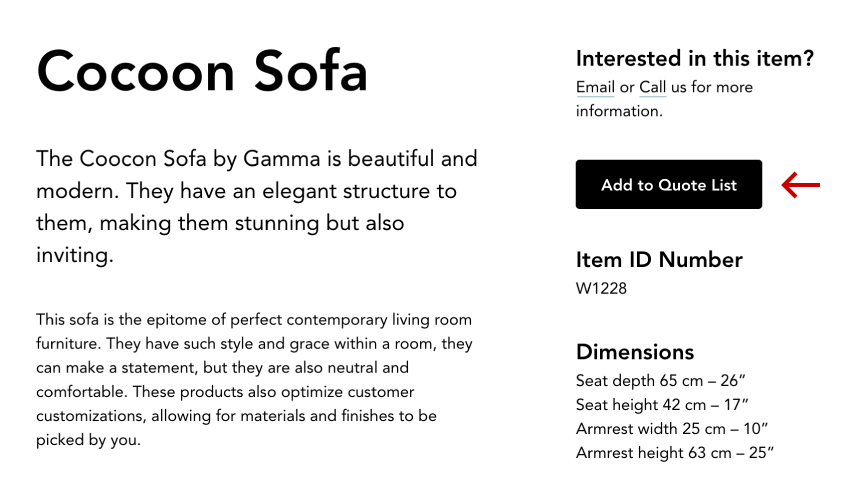Wood veneer developed a bad reputation in the mid-twentieth century, when a lot of mass produced veneering was of lower quality and applied to furniture that was not built to last. Modern veneering by talented craftspeople, using quality materials, is of a completely different order. For their strength, their small ecological footprint and their simple beauty, veneered pieces are among the most desirable furnishings available.
What is veneer?
Although the tools have improved over the years, veneering has an extremely long history. The Ancient Romans and Egyptians used veneers to create the appearance of expensive wood by covering a cheaper base. Today’s veneers are usually thinner than ⅛ inch, and can be as fine as 1/40 inch. The veneer is applied to a base of plywood, MDF or any kind of composite wood, selected either for affordability or for desirable characteristics like superior durability; it is then attached with hot hide glue and pressed into place with a veneer hammer.
There are three cutting methods used to produce veneer, each of which creates a different appearance. Rotary lathes peel the log in a circular fashion, producing a plain looking result that is usually used as plywood. Crown cutting is produced by slicing across the growth rings. Finally, rift cutting is where the most distinctive sections of wood grain are selected and displayed for a more textural look; this technique is typically used to produce oak veneer.
The case for veneered furnishings
It seems counterintuitive, but veneered furnishings are actually more durable than solid wood. Some solid woods are prone to warping and splitting in their natural state; even moving house can cause damage. In many cases, veneer over a strong but flexible substrate is actually more stable, making it less likely to crack or sag.
Veneer also lets manufacturers showcase the natural qualities of wood like grain and color. There are many different types of grain, including burl, which displays a beautiful swirling effect, pommele, said to resemble the flesh of an apple, and crotch, which captures the point in a tree where branches have forked in different directions. Woodworkers can create great effects by piecing together patterns and inlays, before staining or finishing in the same way as any other wood product. As an added inducement, veneer is sustainable and environmentally responsible. Wood in general is less wasteful and generates fewer toxins than other materials, and veneering ensures the most use out of each tree.
